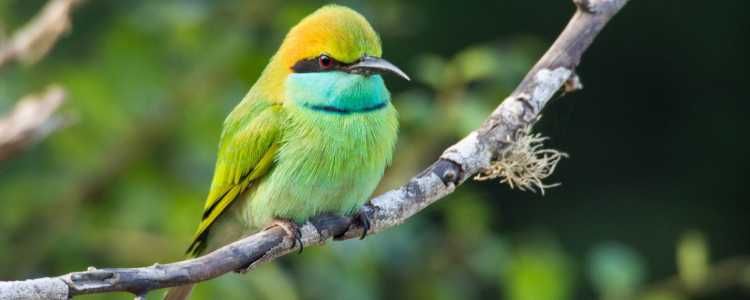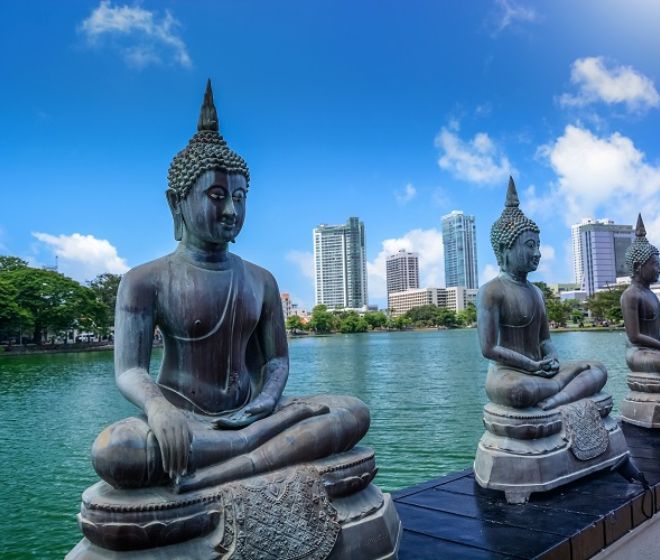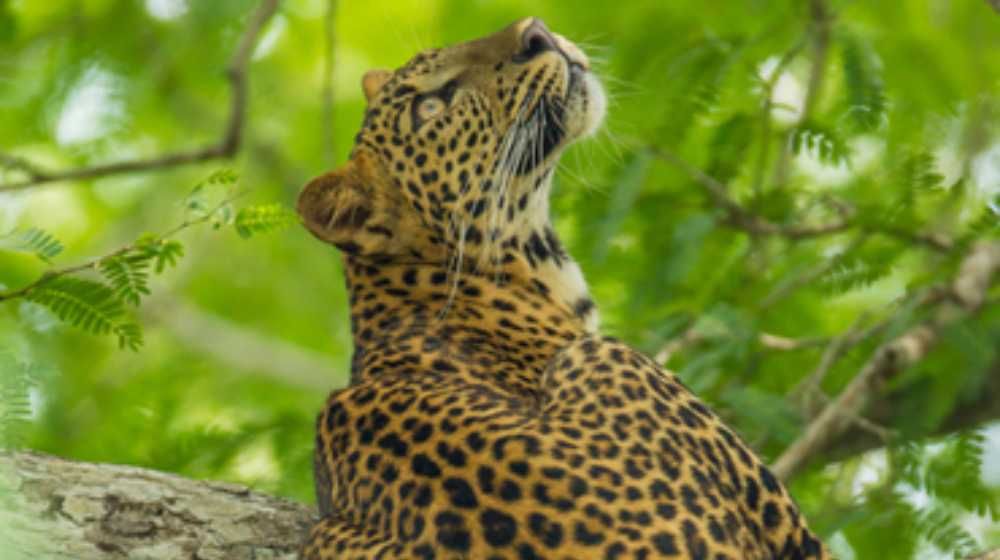
Kumana National Park Sri Lanka
Kumana national park and bird sanctuary is known for its impressive avifauna density, specially for its large flocks of migratory waterfowl and wading birds. Situated in the southeastern coast of Sri Lanka 391 kilometers from Colombo, it is contiguous with the Yala national park and is also known to have a history dating back to 3rd century BC.
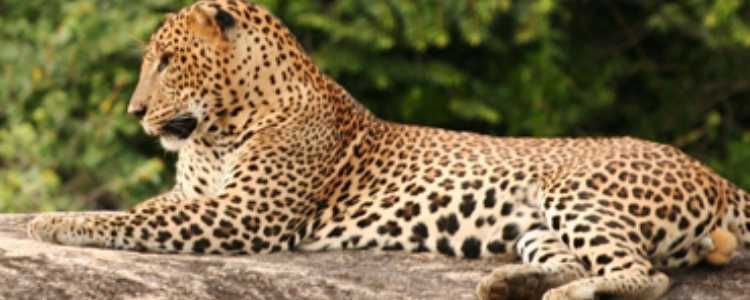
The extensive birdlife of the park is supported by the Kumbukkan oya (which fringes the southern boundary of the park) and some 20 lagoons and tanks found within its borders. The park boasts of an impressive total of 255 species of birds and is one of the most important nesting and breeding grounds for birds in Sri Lanka. It was declared a bird sanctuary due to this reason in 1938. Thousands of birds including the waterfowl, pintail snipe, Asian openbill, glossy ibis, purple heron and ergets migrate to Kumana from April to June. Rare species such as the black necked stork, lesser adjutant, Eurasian spoonbill and great thick knee make the park their breeding grounds. Apart from the birds, various other reptiles and animals can be observed within the park including the golden jackal, mugger crocodile, turtles, otters and elephants.
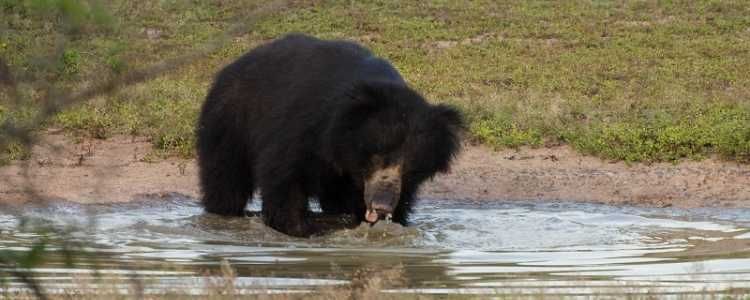
The wetland areas of the park is surrounded by dry zone tropical thorn forest.Kumana also happens to be a part of the ancient civilization with rock inscription dating as far as 3rd century BC being found within the grounds. It also lies on the route of the annual foot pilgrimage of the Katharagama temple which is undertaken by both Buddhists and Hindus.
